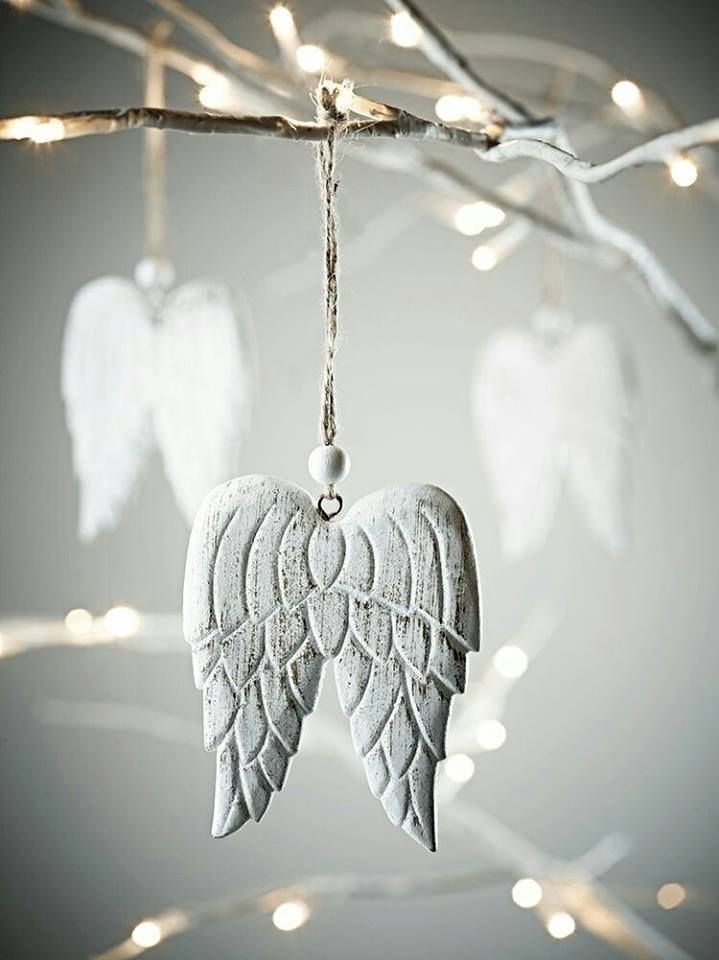Art therapy harnesses the creative process to enhance psychological well-being...
- Koöko Fleurs
- Jun 10, 2024
- 2 min read

Cognitive Behavioral Therapy (CBT) and art therapy intersect in fascinating ways, offering complementary approaches to mental health and well-being.
Les Coureurs by Robert Delaunay is a significant painting that exemplifies his artistic style. Inspired by the 1924 Paris Olympics, this series of Runners (Coureurs) is entirely devoted to athletics and was produced between 1924 and 19261. In this work, Delaunay juxtaposes different colors in quadrants arranged on concentric circles, creating effects of light and movement. The perception of color changes depending on the colors nearby, emphasizing the dynamic energy of the athletes. The painting combines representational elements with a fragmented, Cubist composition, showcasing contrasting color planes and geometric forms that characterize Delaunay’s later work.
CBT and Art Therapy
CBT: CBT is a structured, evidence-based psychotherapy that focuses on identifying and challenging negative thought patterns and behaviors. It aims to modify these patterns to improve emotional regulation and coping skills.
Art Therapy: Art therapy harnesses the creative process to enhance psychological well-being. It allows individuals to express themselves non-verbally, tapping into emotions, memories, and inner narratives.
Art as a Tool in CBT
Expressive Outlet: Art provides an alternative channel for self-expression. When words fail, visual art—whether through painting, drawing, or sculpture—can convey complex feelings and experiences.
Metaphors and Symbols: Art allows clients to create metaphors and symbols that represent their inner struggles. These visual representations become tangible targets for exploration during CBT sessions.
Behavioral Experiments: Art-making can serve as a behavioral experiment. Clients can challenge cognitive distortions by creating art that contradicts negative beliefs (e.g., “I’m worthless”) or reinforces positive ones (e.g., “I have strengths”).
Mindfulness and Distraction
Engaging in art requires focus and presence. It can serve as a mindfulness practice, grounding individuals in the present moment and reducing anxiety.
Studies and Anxiety Disorders
Research: Studies have indeed highlighted the effectiveness of combining art with CBT:
Anxiety Disorders: Two studies demonstrated that incorporating art into CBT interventions improved outcomes for individuals with anxiety disorders.
Reducing Stress: Art-making can reduce stress hormones and activate the parasympathetic nervous system, promoting relaxation.
Enhancing Coping Skills
Art helps build adaptive coping skills, which align with CBT’s goal of modifying maladaptive responses.
Slowing Down and Self-Reflection
Pressure and Overwhelm: Art therapy encourages slowing down. Amid life’s pressures, it provides a space for self-reflection, introspection, and emotional processing.
Non-Judgmental Exploration
Art-making is inherently non-judgmental. Clients can explore without fear of criticism, fostering self-compassion and acceptance.
In summary, the marriage of CBT and art therapy recognizes that healing occurs not only through words but also through colors, shapes, and creative expression. Whether you’re painting, sculpting, or doodling, art becomes a powerful ally in the journey toward mental well-being.











Comments